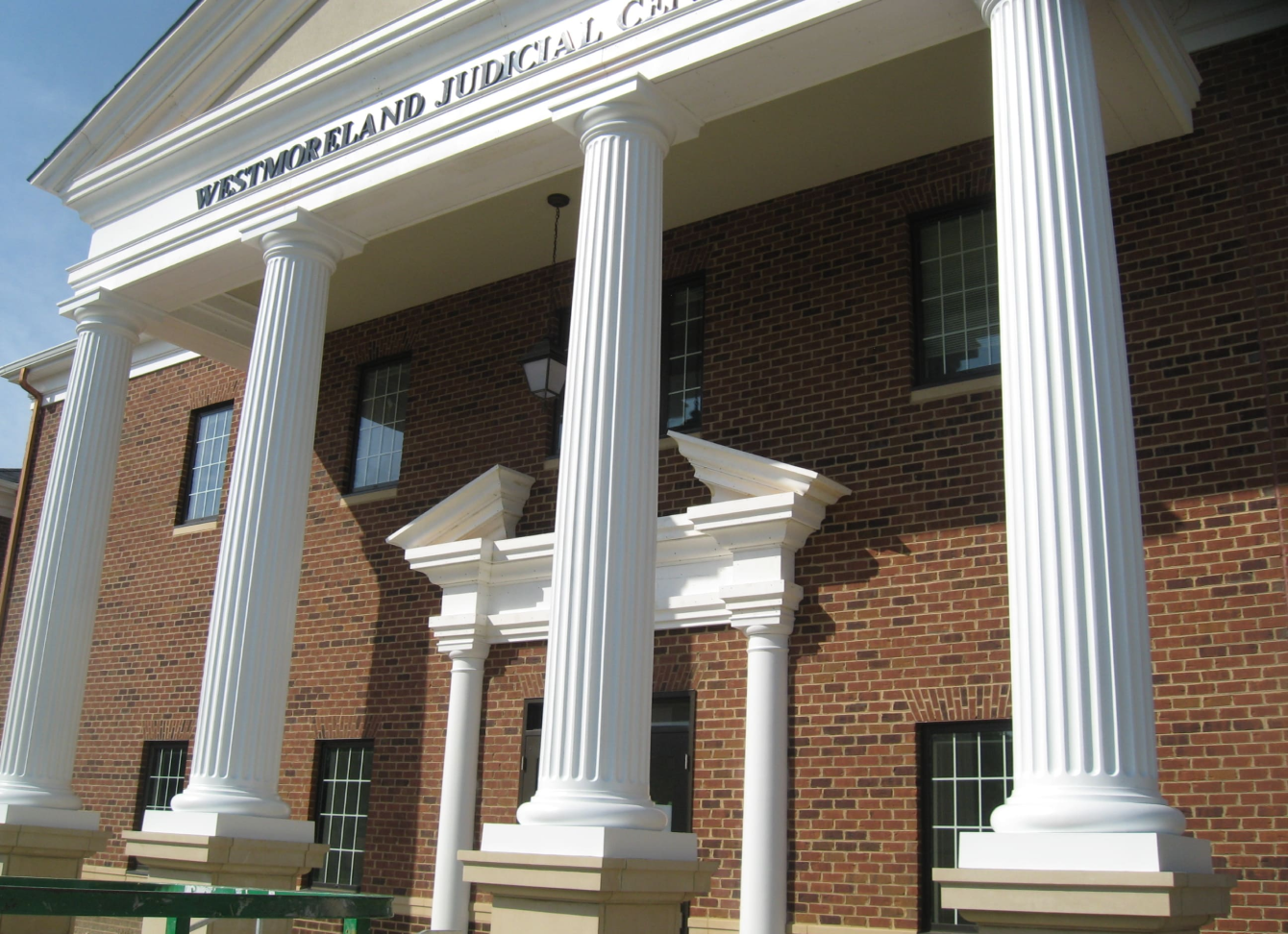4 Materials for Exterior Architectural Finishes in Hot and Humid Environments

In times past, wood was often the building material of choice due to its classic beauty and widespread availability. However, wood exterior architectural finishes are problematic in hot and humid environments. Long-term exposure to those conditions accelerates the deterioration of wood.
Extreme heat causes wood to expand. Wood expansion leads to undesirable effects such as swelling and warping. Paint does not protect wood from the effects of hot weather. In hot environments, it's not unusual to see paint on wood that has such extensive cracking it looks like an alligator's skin. That paint alligatoring, as it's sometimes called, is frequently the result of the wood swelling that occurs in hot environments.
High levels of humidity aren't a friend of wood either. The moisture from high humidity creates the conditions for mold growth and wood decay (rot). Humidity's moisture also creates the right habitat for an infestation of wood-destroying termites.
Building Materials that Provide Long-Term Durability
Fortunately, there are aesthetically appealing alternatives to wood finishes for hot and humid climates. By selecting one of these long-lasting construction materials, property owners can avoid the long-term degradation that comes with wood.
Aluminum
This metal could be the ideal construction material. Aluminum is lightweight, durable, and able to withstand the elements. Also, much like concrete and steel, aluminum bears weight well. Exposure to humidity isn't an issue. Highly corrosion-resistant aluminum alloys like aluminum 6063 don't rust even with constant exposure to high levels of humidity.
When an aluminum exterior finish is left unpainted, it has 95 percent light-reflectivity. The high level of light reflectivity increases the building's energy efficiency. Since the building experiences less heat gain from the sun, the building's cooling system is more efficient.
Painted aluminum exterior finishes are beautiful and durable too. Property owners can choose a paint color and paint texture that enhances the building's visual appeal.
Polyurethane
This building material combines long-term durability with wood-like aesthetic value. Unlike wood, polyurethane doesn't swell or rot. Since it's not vulnerable to the effects of heat and humidity, polyurethane is an excellent choice for exterior architectural applications. The maintenance requirements for polyurethane are minimal.
Polyurethane can be fashioned to look like wood. Polyurethane is available in a wide assortment of styles and colors. Perhaps best of all, polyurethane is more affordable than wood.
Fiberglass
A fiberglass finish won't experience damage from hot weather or the moisture of humidity. Fiberglass doesn't rot and isn't vulnerable to insect damage like wood is. (Remember wood-destroying insects like termites love humid climates.) Fiberglass is practically maintenance-free. Fiberglass can support more weight than wood. Fiberglass has such proven durability that companies like Worthington Millwork offer a lifetime warranty on its fiberglass balustrades.
With fiberglass, property owners don't have to sacrifice beauty for durability. Fiberglass can be painted to complement the building's look. Painted fiberglass is difficult to distinguish from wood.
PVC
When property owners select PVC as an exterior architectural finish, they get the classic look of wood without wood's headaches. Architectural grade PVC not only looks like wood, PVC also has wood-like workability, which makes it easy to install. Installers can nail, screw, and cut PVC with conventional woodworking tools.
Yet, hot weather never causes PVC to soften, swell, or warp. Also, PVC is a moisture-resistant building material. It won't mold or rot due to high humidity. PVC is not subject to damage from termites or other insects that thrive in humid conditions. In addition to being more durable than wood, PVC is very low maintenance.
In summary, wood degrades faster in hot and humid environments. Property owners can choose one of these alternative construction materials to get a visually appealing look that will last.

